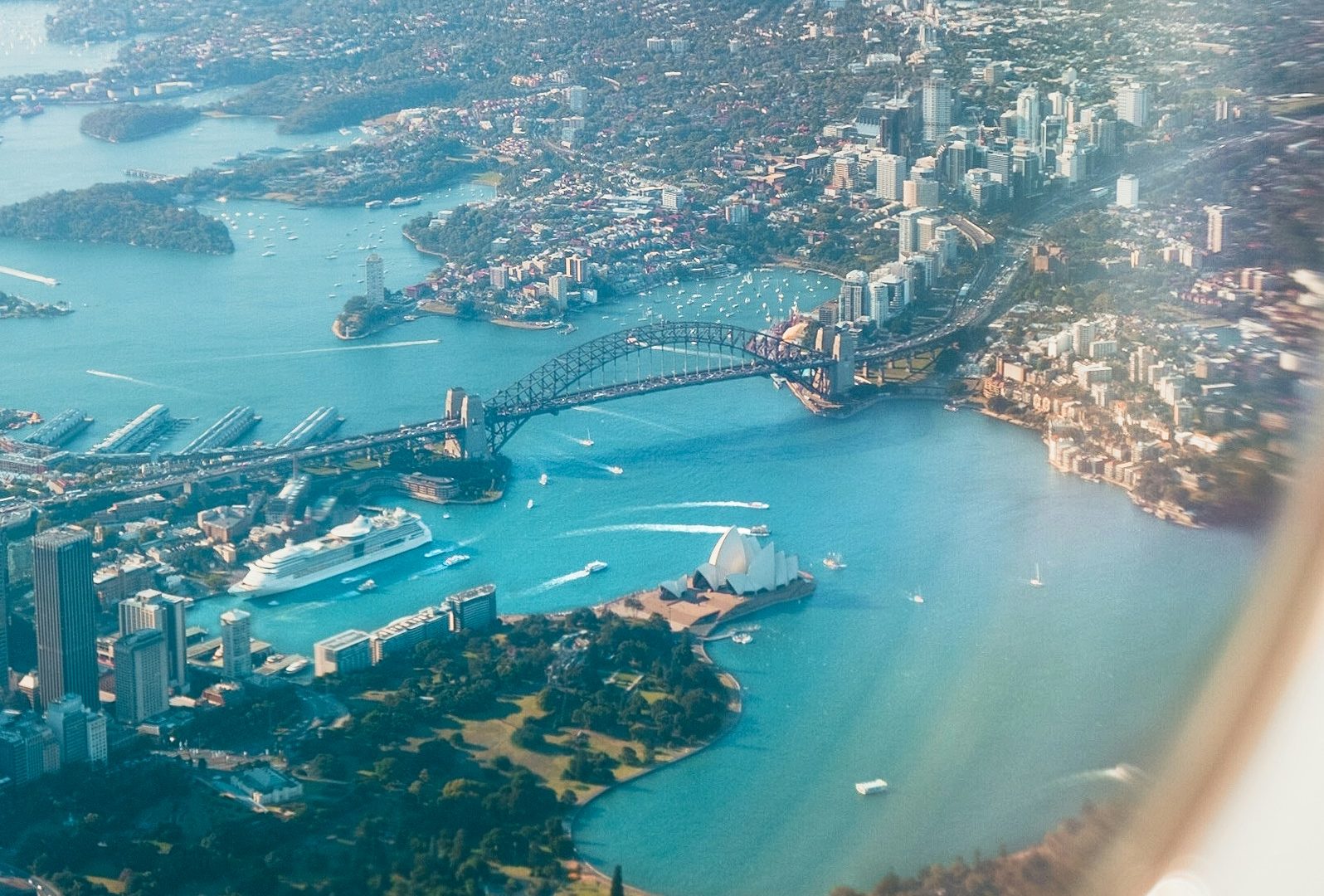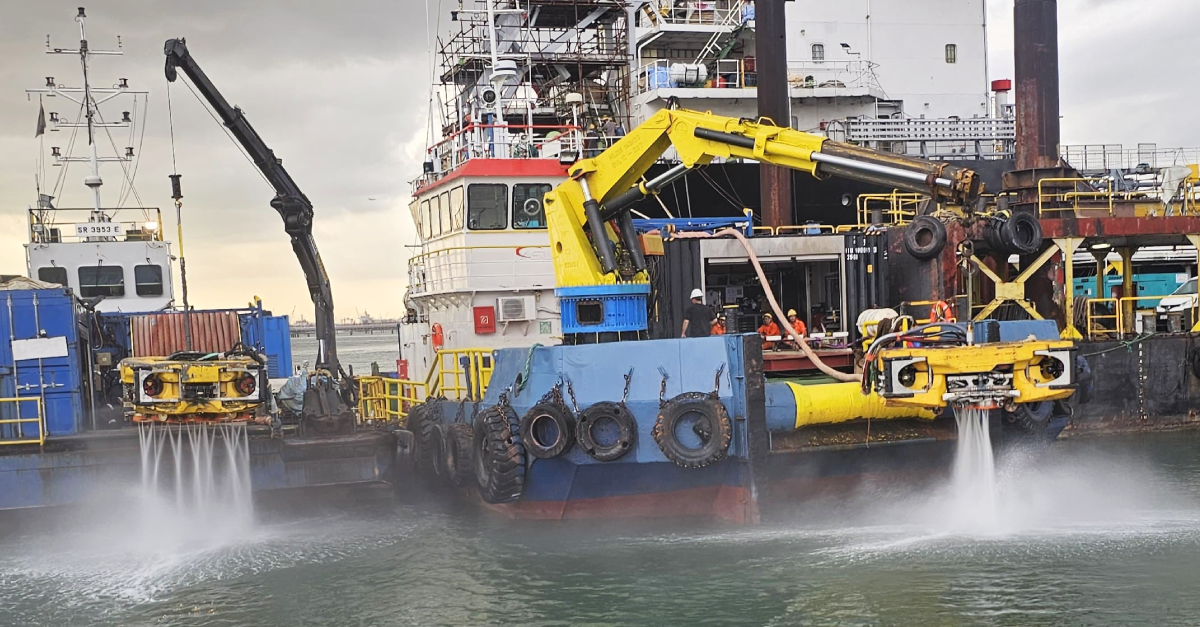Biofouling Management regulatory overview and insights

Australia
Australian Government, Department of Agriculture, Fisheries and Forestry
Operators of all vessels subject to biosecurity control will be required to provide information on how biofouling has been managed before arriving in Australian territorial seas. This information will need to be reported through the department’s Maritime Arrivals Reporting System (MARS).
The department will use the information to target vessel interventions. This will allow more efficient use of resources and statutory powers to assess and inspect vessels, and more effective response to unacceptable biosecurity risks associated with biofouling.
Vessel operators will receive less intervention for biofouling if they comply with one of the following three accepted biofouling management practices:
- Implementation of an effective biofouling management plan; or
- Cleaned all biofouling within 30 days before arriving in Australian territory; or
- Implementation of an alternative biofouling management method pre-approved by the department.
A vessel operator that has not applied one of the three accepted biofouling management practices will be subject to further questions and assessment of the biosecurity risk associated with biofouling on the vessel.

California (USA)
California State Lands Commission – Marine Environmental Protection Division
Vessel using an antifouling coating
The antifouling coating should not be aged beyond its effective coating lifespan, as documented in the vessel’s Biofouling Management Plan.
Vessel’s antifouling coating is aged beyond the effective coating lifespan
The Biofouling Management Plan shall document how biofouling will be managed after exceeding the expected coating lifespan. All management actions should be documented in the Biofouling Record Book.
Vessel’s not using an antifouling coating
The vessel’s Biofouling Management Plan shall document how biofouling will be managed in the absence of an antifouling coating. All management actions should be documented in the Biofouling Record Book.
Effective coating lifespan
The expected age of an anti-fouling coating, as determined by the manufacturer and based on the vessel-specific application scheme (e.g., coating thickness) at the time of application, at which the coating is no longer expected to satisfactorily prevent or deter biofouling.
What are niche areas?
Niche areas are hotspots for extensive communities of biofouling organisms. Niche areas that need to be managed include: sea chests, sea chest gratings, bow and stern thrusters, bow and stern thruster gratings, fin stabilizers and recesses, out-of-water support strips, propellers and propeller shafts, and rudders.
How must biofouling in niche areas be managed?
Biofouling in the niche areas (see list above) must be managed using one or more practices that are appropriate for the vessel and its operational profile as determined by the owner, operator, master, or person in charge of the vessel. Niche area management practices must be described in the Biofouling Management Plan and completed actions must be documented in the Biofouling Record Book.
Out-of-water support strips
The sections of a vessel’s hull that rest on out-of-water support blocks while the vessel is undergoing out-of-water maintenance in a dry dock or slipway. These areas are typically not cleaned or treated with fresh anti-fouling systems, resulting in reduced anti-fouling protection. The IMO refers to these as “dry-docking support strips.”
Read in-depth information from original source (Biofouling Management)

Canada
Transport Canada, Government of Canada
The guidelines provided by the International Maritime Organization (IMO) recommend vessel operators to choose an appropriate anti-fouling system, control biofouling growth in niche areas, keep biofouling management record books, and perform regular maintenance, cleaning, and inspections.
The guidelines also recommend designing vessels to reduce biofouling and educating or training crews on how to manage biofouling.
Transport Canada supports the voluntary uptake of these guidelines by vessels in Canadian waters.

New Zealand
Ministry for Primary Industries
You’ll be able to meet the biofouling requirements by doing one of the following (and having documentation to prove it):
- Undertaking continual hull maintenance using best practices (recommended for short-stay vessels).
- Cleaning the hull and niche areas within 30 days before arrival in New Zealand (recommended for long-stay vessels).
- Booking an appointment for the vessel to be hauled out and cleaned by an MPI-approved treatment supplier within 24 hours of arrival (recommended for vessels coming to New Zealand for refit or repair).
If your vessel can’t meet the standard using one of these measures, you may develop a craft risk management plan that details alternate but equivalent measures to manage biofouling.


News
Doubling capacity in Singapore: Meeting the growing demand for sustainable biofouling services
Our second ShipShiner is now fully operational in Singapore, doubling our capacity for hull cleaning in one of the world’s busiest ports.

News
C-leanship welcomes Sanjay Vasudevan as new CEO
We are pleased to announce the appointment of Sanjay Vasudevan as the new CEO, effective 1st February 2025.

Megatrends
Voices from our investors #3: Wallenius
At Wallenius, we have a long history of partnering on sustainable innovations that deliver real impact.